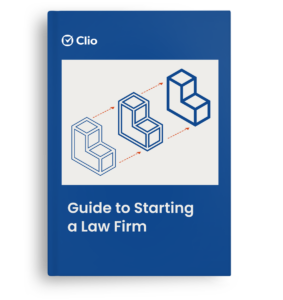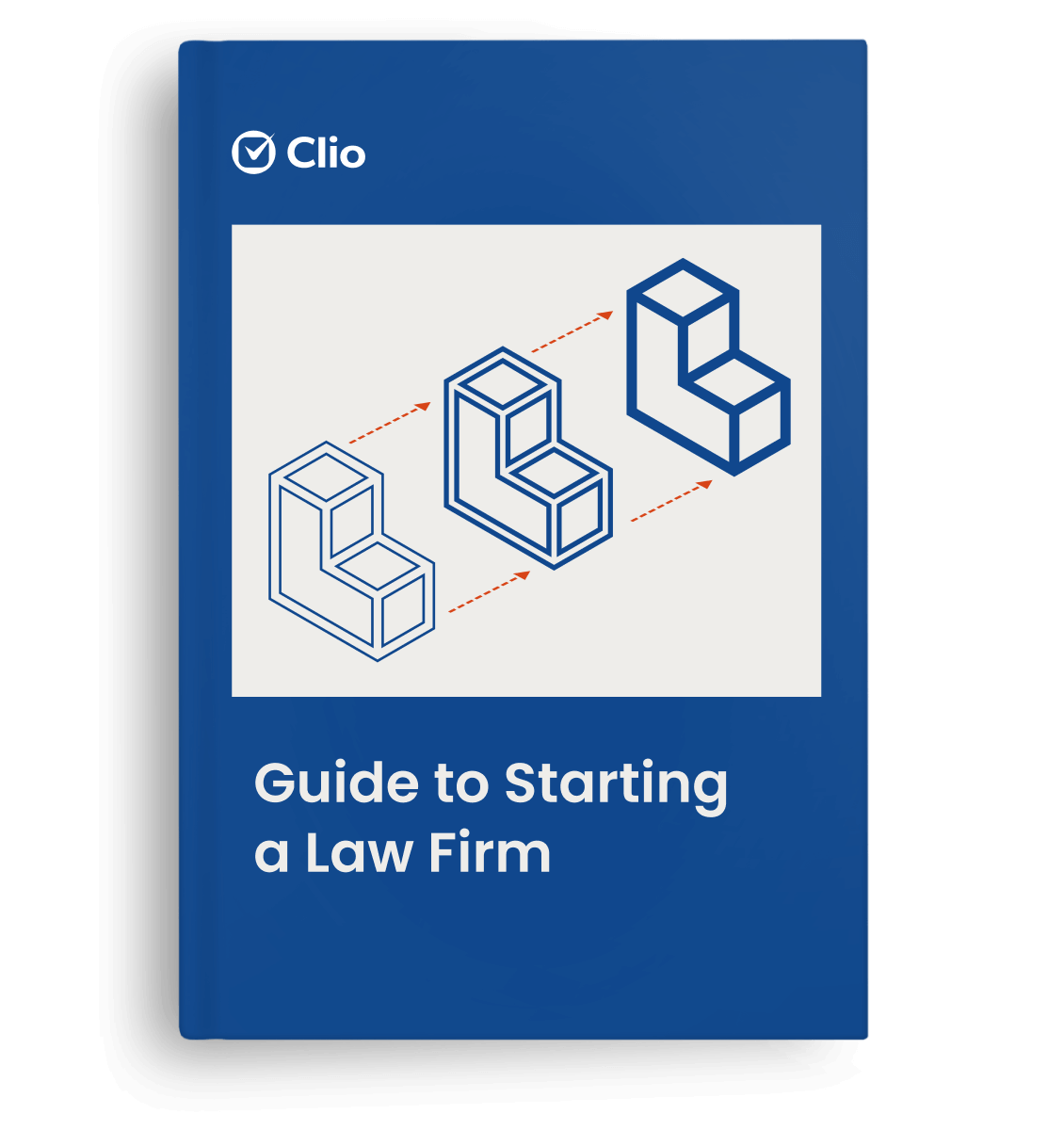There are many reasons for closing a law practice. Maybe you are a solo lawyer joining a larger firm as a new partner, maybe you have accepted an in-house position, or maybe you are retiring. No matter the case, closing a law firm may seem simple. Turn out the lights and lock the door on your last day. Right?
However, closing a law firm is not a simple process. Clients and regulators will continue to be interested in your law firm for years after it closes. At best, clients will require access to documents and files still in a lawyer’s possession. At the worst, lawyers need to worry about malpractice claims and statute of limitations for claims relating to when the law firm was open.
A savvy lawyer approaches closing their law firm like a project. You need to make plans for approaching closure and managing responsibilities post-closure. Here, we’ll go over the steps you need to take when closing a law practice. Think of this as your law firm dissolution checklist.
1. Stop accepting new cases
Even before you begin the process of winding down your law firm, stop accepting new cases. Each new client you consult could become a potential conflict when you do close your law firm. Speak to other attorneys about referrals and fee-sharing for cases that do come your way. Referring cases out could garner some income even as you begin closing your law firm.
Learn more about building attorney referral agreements.
2. Set a future closing date
Don’t try to shut your law firm right away. Closing a law practice will likely require action over several months.
Pick a date based on:
- Your active case files
- Their already scheduled deadlines
- Your ability to secure permission to withdraw while setting the client up for a successful transition
If that seems like a lot of steps to pick a date, you are beginning to understand the scale of activities required when closing a law firm.
Once you are able to pick a future date, next begins the process of closing your law firm one step at a time.
You may like these posts
3. Communicate with clients, past and present

Once you have set a date, it is time to start informing clients that you are closing your legal practice. It is important to document proper communication that your firm is closing to clients.
Being able to produce clear documentation about when and how you told clients about your law firm closure will help when clients fail to take steps to protect their own interests.
Attorney closure letters should be used to convey the proper steps clients should take surrounding the law firm’s impending closure.
There are many good examples of law dissolution letters such as:
We also recommend looking for a sample law firm dissolution letter to clients on your state or local bar association’s website.
At a minimum, your letter should inform the client of:
- Your legal practice’s closure date
- The status of your client’s case with you
- How you’ll handle the transfer of your client’s files
- The fact that you will work with any authorized lawyer appointed to continue the clients’ cases
If you hold funds in trust for a client, your law firm closing letter should also discuss the amounts and how refunds will be handled.
4. Hand off as much as possible
Once clients are informed, start packaging their files for transmission. You should have two goals when packaging a file:
1. To make it easy for the client or their future lawyer to continue pursuing their interest.
Many jurisdictions require lawyers to retain client files for years following the termination of representation. For example, Missouri requires lawyers to securely store a client’s file for six years after completion or termination of attorney-client relationship. A lawyer can remove this obligation following an agreement between the lawyer and client documenting informed consent confirmed in writing.
2. To ensure that you’ve removed any document of value from your archives.
Client items with intrinsic value should never be destroyed. What is an item with an intrinsic value? While Missouri’s Rules of Professional Conduct do not define “items of intrinsic value,” a formal ethics opinion did describe them as “originals that have legal significance, as originals, during the representation may not be destroyed.”
5. Close your accounts
Begin ending your business contracts. Reach out to your landlord and vendors to finalize your arrangements. You’ll want to ensure the following are accounted for in your dissolution plan:
- Lease/rent agreements
- Utilities (phone services, internet)
- Software services
The benefit of using cloud services like Clio is that they offer month-to-month contracts. If you do need to close your law firm, it’s easy to stop your contract with just notice. See our terms of service for details.
Take special care to close your trust accounts and to notify bar associations and professional organizations of your change in status.
Setting your lawyer license to inactive or retired will preserve your admittance to the bar and may still allow you to contribute to the organization or pro bono work.
6. Keep your malpractice insurance coverage
The risk covered by malpractice insurance does not go away just because your law firm has closed. Discovery periods and statute of limitations for malpractice claims will continue long after law firm closure. Some policies can be supplemented by a “tail policy.” A tail policy extends coverage for claims relating to your current coverage but does not cover claims against acts made after your professional liability insurance expires. Most insurance companies refer to tail policies as extended reporting endorsements (ERE).
A lawyer leaving the legal profession should contact their insurer to discuss continuing coverage even after the closure of the law firm or the addition of an ERE to the policy prior to closing the law firm.
7. Retain financial records
Even if you are able to hand off all client files, a lawyer still needs to retain financial records relating to their trust accounts and money handling. These file retention requirements extend for years in most jurisdictions. Get familiar with your jurisdiction’s rules regarding financial document retention. Are paper documents required? Can electronic copies comply with retention requirements? Your practice management tool should be able to export your records in a usable form.
Exits are also entries when closing a law practice
While there are many reasons for closing a law firm, there are also many reasons to re-open one as well. Tools like Clio will still be ready to help you when it comes to getting back up and running in the future.
If you’re looking to sell your law firm, transition the firm to a new owner, and/or simply have a plan for unexpected circumstances, be sure to check out our guide to succession planning for law firms.
We published this blog post in July 2020. Last updated: .
Categorized in: Business









